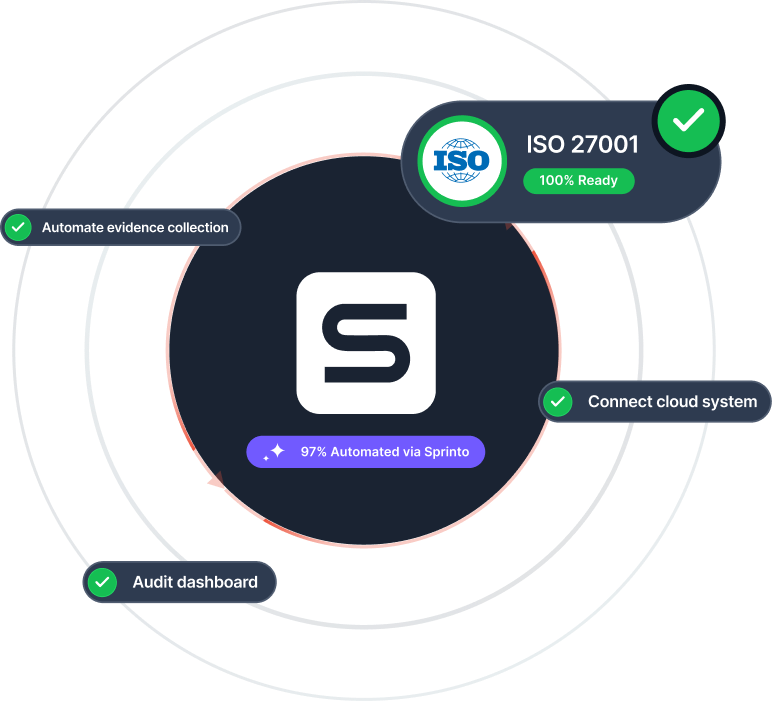Getting through an internal audit
An ISO 27001 internal audit aims to systematically review your organization’s controls internally to gauge the effectiveness of your ISMS in aligning with the ISO 27001 standard.
Unlike external certification audits, internal audits are performed by the organization’s own staff or by an independent third party to proactively identify and address potential non-conformities before the formal certification process.
The internal audit is the last step before engaging an external audit body. Interestingly, the ISO 27001 standard mandated regular internal audits to maintain the ISMS and keep it updated with the latest regulatory changes.
Key steps involved in an ISO 27001 internal audit include:
1. Planning: First, you define the audit scope, objectives, and criteria. Meanwhile, you should also have a clear audit plan outlining activities, timelines, and responsibilities.
2. Execution: The audit starts with reviewing documentation, interviewing staff, and evaluating processes and controls to gather evidence of ISMS conformity.
3. Reporting: After the audit, you need to document findings, and address non-conformities, observations, and areas for improvement.
4. Following up: The corrective action implemented must be documented and monitored. You must also verify its effectiveness in addressing non-conformities.
Unlike external certification audits, internal audits are performed by the organization’s own staff or by an independent third party to proactively identify and address potential non-conformities before the formal certification process.
The internal audit is the last step before engaging an external audit body. Interestingly, the ISO 27001 standard mandated regular internal audits to maintain the ISMS and keep it updated with the latest regulatory changes.
Key steps involved in an ISO 27001 internal audit include:
1. Planning: First, you define the audit scope, objectives, and criteria. Meanwhile, you should also have a clear audit plan outlining activities, timelines, and responsibilities.
2. Execution: The audit starts with reviewing documentation, interviewing staff, and evaluating processes and controls to gather evidence of ISMS conformity.
3. Reporting: After the audit, you need to document findings, and address non-conformities, observations, and areas for improvement.
4. Following up: The corrective action implemented must be documented and monitored. You must also verify its effectiveness in addressing non-conformities.
ISO 27001 Internal Audit: Everything You Need to Know
ISO 27001 Series
Basics
Certification Process
Policies & Management
Risk Management
Resources & Templates
Sprinto: Your ally for all things compliance, risk, governance

